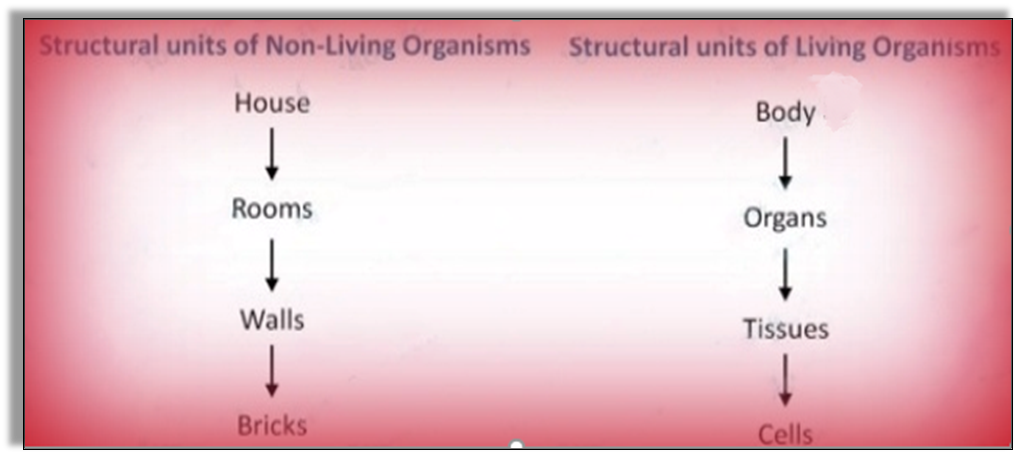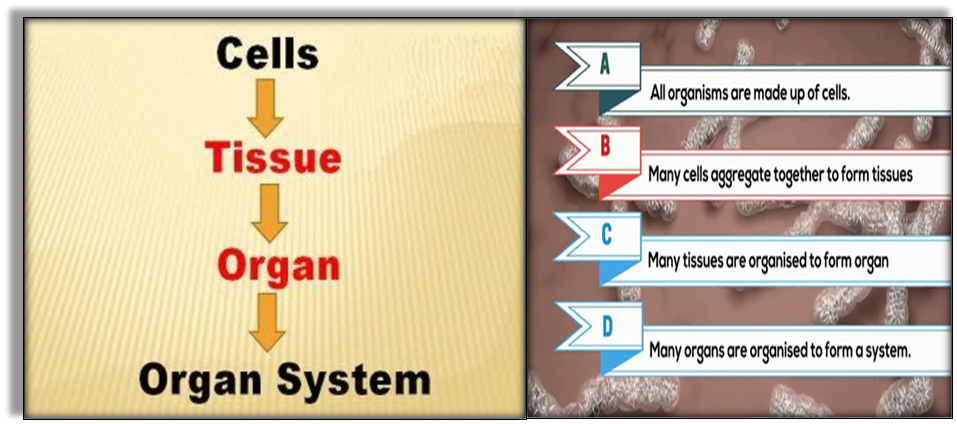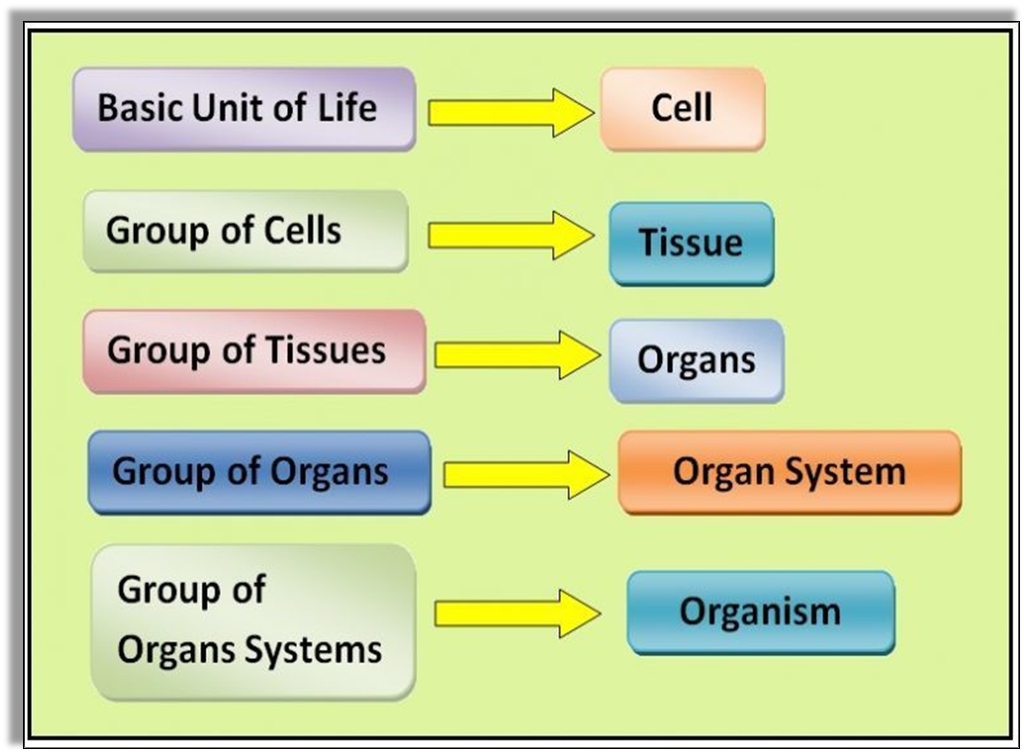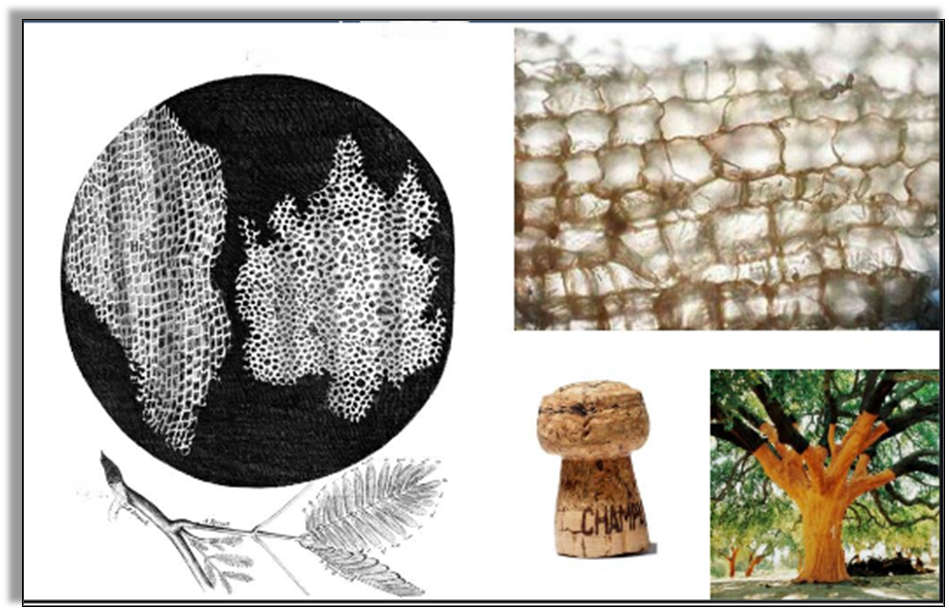- Books Name
- Class-8 Science Book
- Publication
- PathSet Publications
- Course
- CBSE Class 8
- Subject
- Science
Discovery of the Cell
- A Cell (from Latin cella, meaning "Small Room") is the basic Structural, Functional, and Biological unit of all known Living Organisms.
- A cell is the Smallest Unit of life that can replicate independently, and cells are often called the "Building Blocks of Life".

Cell
The cell can be described as the basic unit of life. Every organ, nerve, and bone in an organism is made up of groups of these cells. These cells decide how an organism looks, functions, and behaves. The word cell comes from the Latin word cella, which means a small room.


Who discovered Cells?
- It was discovered by Robert Hooke in 1665
- He discovered cells in cork (bark of an oak tree)
- He observed cork under a microscope
- He saw different compartments which were separated by walls
- He called them cells (as they looked like prison cells)

Discovery of the Cell:
The cell was discovered by Robert Hooke in 1665 after observing a piece of cork under a magnifying device.
→ Robert Hooke coined the term “cell”.
Hooke saw a honeycomb-like structure when he observed thin slices of cork under a microscope. He noticed that each box was separated from the other by a partition or a wall. He was the one to name each of these boxes as cells.
*Cork is a part of the bark of a tree.
Scientists could study cells of living organisms only when improved microscopes with high magnification were invented – 150 years after Hooke first observed the cells. In the 1830s, two German scientists called Matthias Schleiden and Theodor Schwann proposed the Cell Theory which stated:
- All living organisms are made of cells.
- Cells are basic structural or functional units of living organisms.
- All cells are born out of pre-existing cells through cell division.

 PathSet Publications
PathSet Publications
